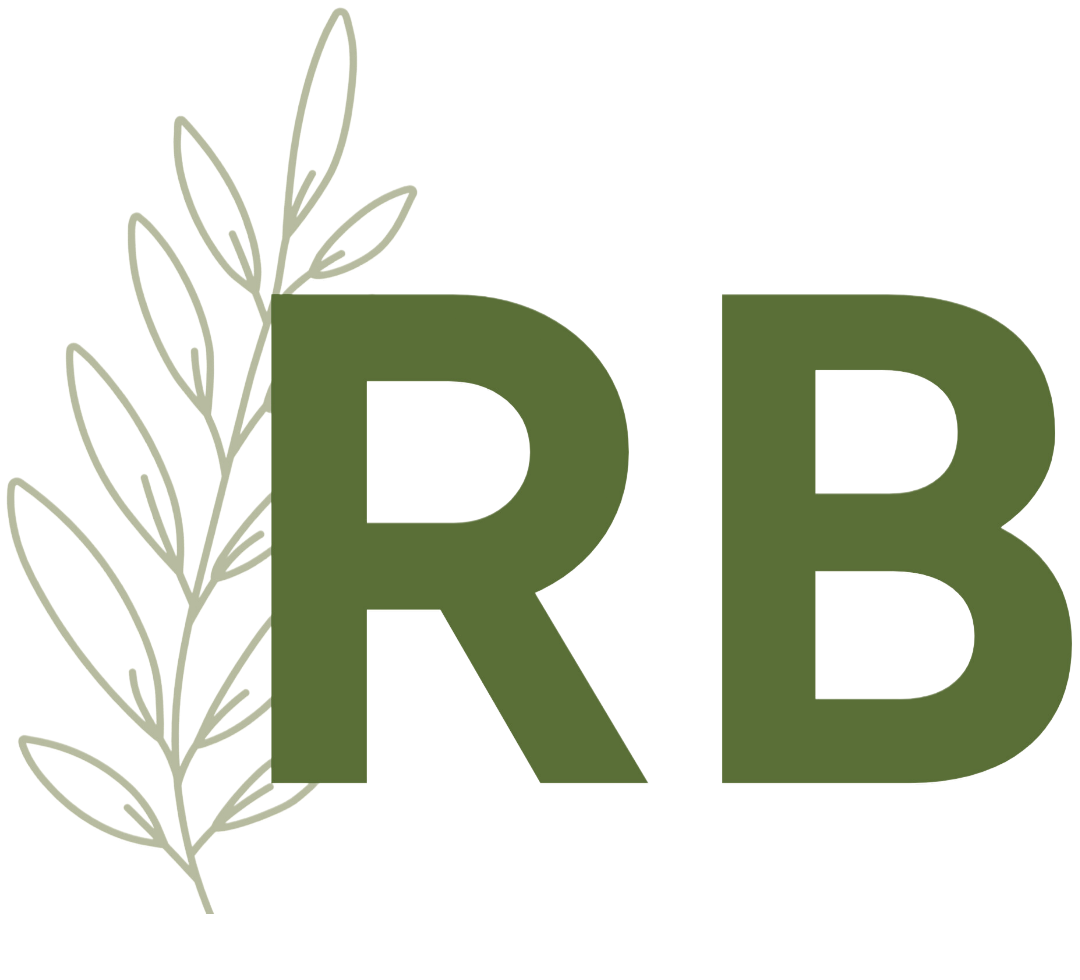“A holiday? I’d love one of those!”
“Can’t have time off as a freelancer. No work, no pay.”
“If I was employed I’d take a sick day, but… freelance life [melting face emoji]”
Stop right now, thank you very much. (And yes, that is a Spice Girls reference. I will not be holding back the spice in this article.)
I’m calling time on freelancer time off martyrdom.
One of the main reasons people work for themselves is to have autonomy. Autonomy over what kind of work we do, who we work with, and when we do that work.
So what’s with the determination to always be working?
A 2019 IPSE survey of 900 contractors found that over 1 in 5 took either no days off, or fewer than 5 days off, in an entire year. Reminder: statutory leave is 5.6 weeks per year.
It’s entirely possible – and, I think, incredibly valuable – to take time off as a freelancer. Before I get into how I structure my working patterns, I want to set out some core beliefs behind them.
Why it’s important to have time off as a freelancer
- Rest and recovery are of paramount importance to health
- High-quality, efficient work is more likely when well-rested
- Work is only one part of life
- Freelancers are fully responsible for their own time off – no one else is going to do it for you
To get a little legal on that last point: for contractors to stay outside IR35 (tax legislation to combat disguised employment) they must retain ‘Control’.
As IPSE explains in their Introduction to IR35, self-employed workers must control “how, where and when work is done”.
Otherwise, HMRC might decide the contractor should be an employee.
Now we’re on the same page as to why freelancers need to take time off, let’s look at how.

Caveat time
Please bear in mind that this is my own, personal approach. What might work for you – or the freelancers you work with – may be very different.
The main caveat I want to add is that I don’t currently have any caring responsibilities. Freelancers who look after other humans: you have all of my respect.
Taking regular weeks off while self-employed
Google ‘when to take a week off’.
The results bring up page after page of why athletes should take a week-long break from exercise every six to eight weeks.
Interestingly, advice for working people seems to echo that six to eight-week rule. Small business advisors Informi say that a break every 6 to 8 weeks may help to prevent burnout.
So… how long should these breaks be?
An oft-cited 2012 publication in the Journal of Happiness Studies led to headlines proclaiming 8 days as the perfect length of holiday. As lead researcher Jessica de Bloom told mental health company Headspace, the study was limited.
But common sense tells us that the odd long weekend isn’t enough time off work. Jessica de Bloom agrees: “People need some time to come down, to relax from a busy working period.”
Clearly, there are no hard and fast rules.
Which is a relief. Because I didn’t follow any when I came up with how I take time off as a freelancer.

My yearly holiday schedule
Five years ago I sat down to create a new working schedule. My approach – only taking time off for events like a friend’s wedding or a trip away – wasn’t working. I liked my flexibility, but I disliked how rarely I was taking time off just for myself.
First, I worked out what I wanted. I wasn’t fussed about working bank holidays or not. I didn’t mind working on my birthday.
What I actually wanted was:
- A proper break at Christmas (I love Christmas)
- A good summer break (I love summer too)
- Regular time off in between
- Flexibility to change holiday dates if needed
That all seemed fair. So I started pencilling out weeks on my trusty month-to-view calendar, avoiding deadlines.
When I was done I panicked a bit. It seemed like a lot of time off work! Wouldn’t all my clients hate me? Might I hate me?! Isn’t productivity the be-all and end-all? (Thanks capitalism.)
I totted up all of the individual days off. And then? I compared the number to what I’d get if I was employed. Working at the University of Exeter, for example, would give me 39-41 days a year. Turned out my days off were pretty similar.
So I took a fortnight off at Christmas, a fortnight off in summer, and a week off every six to eight weeks in between.
No clients complained. I found it easy. It’s been the same ever since.

Communicating my weeks off to clients
At the beginning of every October, I decide my weeks off for the following calendar year. This means clients have between three and 14 months’ warning of days I’m not working. That’s always been plenty of notice.
I approach an out-of-office block in my calendar and thank my past self for looking out for me.
“But Bex!” I hear you cry. “I don’t know what I’m doing in four months, let alone 14!”
I know, friend. I know. Me neither. Life happens! Luckily, as a contractor, I retain control of my work (remember that IR35 bit?). So if I need to shift the dates of a week off, I can.
Here are five ways clients always know about my upcoming time off:
- I publish them on my About page
- I link to them in my email signature
- They’re included on every Contract I sign
- I remind them a month before
- …and again a week before

When and how I take weeks off
Aside from Christmas, I avoid taking time off during the school holidays.
I have two main reasons for this: firstly, it frees up those I’m working with who do need to take time off for childcare. Secondly, if I’m travelling, doing so out of school holidays is cheaper and less stressful.
For me, ‘time off’ means the following: no checking emails, no use of professional social media (LinkedIn, my work Instagram, Twitter), and no work.
Check this: IPSE’s 2019 report on taking time off as a freelancer found that:
“only one in five (22%) don’t work when they are on holiday”
Sorry? What?! Call me harsh, but… you’re not on holiday if you’re at work. 58% reply to emails. 22% do accounting or bookkeeping, and 20% find or take on new projects.
Friends. C’mon now. You deserve time off work. My only hope is that we’ve made a bunch of progress since 2019.
“But what if a client needs you while you’re taking time off?”
As the old comms saying goes, I’m in PR, not the ER.
Okay, so I’m not in PR either, but the concept still applies. I work in copywriting and social media, not a hospital. My work is rarely urgent.
That being said, things do sometimes go wrong. Clients might need some critical information. Perhaps they need help with 2FA. What then? Because I sure as heck am not checking my email.
Well, then they follow the procedure outlined in our Agreement. Easy. If you want to know what that is, you’ll have to become a client.
(Jokes: it’s ‘WhatsApp and text me simultaneously – in case I’m away from wifi or out of signal – and follow up with more info via email, if necessary’.)
Freelancers need time off for bereavement, too
I could probably replace this whole section with a banner that reads FREELANCERS ARE HUMANS, TOO.
We are not mere robots to be parachuted in to save your failing project (though please do bring me in on your failing social media channels; love a challenge).
My point is: we will encounter loss. We will experience bereavement. It might be of a nature that irreversibly changes our approach to life. These things take time to process.
However, that doesn’t have to mean disappearing for an indefinite amount of time.
Freelance practices to help prepare for time off
I’m not saying it’s possible to prepare for bereavement. But it is possible to create business practices that mean you can reach out for support when necessary.
For example, build a network of peers from whom you can ask for cover (my recommendations: The Digital Marketing Union, Women in Tech SEO, and The Freelance Business Lounge).
Secondly, build policies into your business. Take these things seriously. Add a clause into client contracts that makes it clear you may – like any human – have to take time off at short notice for bereavement or illness.
Finally, work with clients who you can be honest with. Elect for the people who you know would only ever wish you well if you were to attend a funeral.

Taking sick leave as a freelancer
I started freelancing during a particularly bad period of illness. This wasn’t a coincidence: I picked up my first freelance gig because I knew I could do it when I was feeling okay.
In this way, my business started by fitting around sick leave. When I was well – that’s when life and socialising and recovery and freelancing could happen.
My personal journey with sick leave
Being so ill sucked. But the one silver lining? I’m much more practised in not working.
My business beginnings instilled in me a health-first approach: if my body or my mind can’t work, then I will not attempt to do so anyway.
What’s particularly interesting to me is how easily I forget this approach. I’m very fortunate that my health has – overall – gradually improved over time. As I’ve needed to take less time off for illness, it’s gotten harder to do so. I’m more likely to try to push through. Why?
Maybe taking sick leave is a skillset
Doing something less often makes it more difficult.
I’ve only really realised this by writing this: I think of taking time off as a skillset!
For example, if I wake up ill, I need to employ:
- Self-discipline – in self-awareness and acting on that information
- Communication – inform relevant people of my non-attendance
- Creativity – bring in replacement people or solutions if necessary
- Time management – moving commitments around in my calendar to take account of time off
Practice doesn’t make perfect, but it sure does encourage improvement.
Barriers to taking time off for sick leave – and 4 tips to mitigate these
The 2019 IPSE report on how to take time off as a freelancer shares top concerns: not wanting to lose money (57%) and not wanting to turn down work (46%).
IPSE pulled out some fascinating demographic differences, too:
“Women seem to be more concerned than men about both their financial situation and future periods without work. Over half report not having enough savings in place to take days off (57%)… compared with only about a third of men (33%). The same trend can be observed among younger respondents. What the two groups have in common is that both women and younger freelancers tend to earn less than men and older freelancers.”
So, hi: I identify as a young woman. I also identify with financial concerns!
Here’s how I manage that worry around time off:
1 – Charge for outcomes (not time)
Working on two blog posts a month is a lot easier to catch up with than “I contract every Tuesday for this client”. Once that Tuesday’s gone, it’s gone.
2 – Work with a deadline buffer
I set myself a target finish date that precedes the client’s deadline. If I can’t hit my target, I can probably still hit theirs.
3 – Pay ‘wages’
I pay myself the same amount, on the same date each month. I have three Starling pots, each with a month’s wages saved in advance. What I pay myself this month is the result of my work from three months ago. Yay for healthy separation between current leave situation and current financial situation.
4 – Have emergency savings
Target: at least three months of basic costs (mine is £3000). If I get ill tomorrow and can’t work for three months, I’m covered. I paid into basic Income Protection Insurance while I was building up emergency savings.
One quote makes the rounds on Instagram every so often: If you don’t pick a day to rest, your body will pick it for you. Which leads very nicely into my final section.
Beware: it’s the part that most people raise an eyebrow (or two) at.
Working a four-day work week as a freelancer
I work a four-day week. For as long as I have been self-employed, Thursdays have been the weekday I don’t work.
Thursdays are my firebreak day: an important barrier in the week, preventing it from getting too overwhelming.
Thursdays off started because my therapist had space on a Thursday. It’s continued because, well, he still has space on a Thursday.
I also use Thursday to:
- Volunteer
- Attend medical appointments
- Exercise, read, rest, nap – whatever I need
- Do life admin (cleaning, laundry, shopping, opticians, dentists, picking up prescriptions)
These are all incredibly important activities to me. I think everyone should have the time to do them, and not just in their evenings and weekends.
I’m going to write a separate blog article about the four-day week. Between now and then, read about why a 4-day week beats a 5-day week.
Sneak peek: performance and productivity are maintained, stress and burnout significantly decline, and mental and physical health improves.
How to take time off as a freelancer
Phew. That was a pretty exhaustive outline of the work I do to sometimes not be at work. I.e. how I take time off as a freelancer.
Do you have any comments or questions about how I take time off?
Or perhaps you just thought this was an excellent guide for fellow freelance folk and would like to share it…
Either way, I’d love to hear from you over on LinkedIn, X/Twitter, or Instagram.
In the meantime, rest well – and please remember that you are so much more than your work 💚




